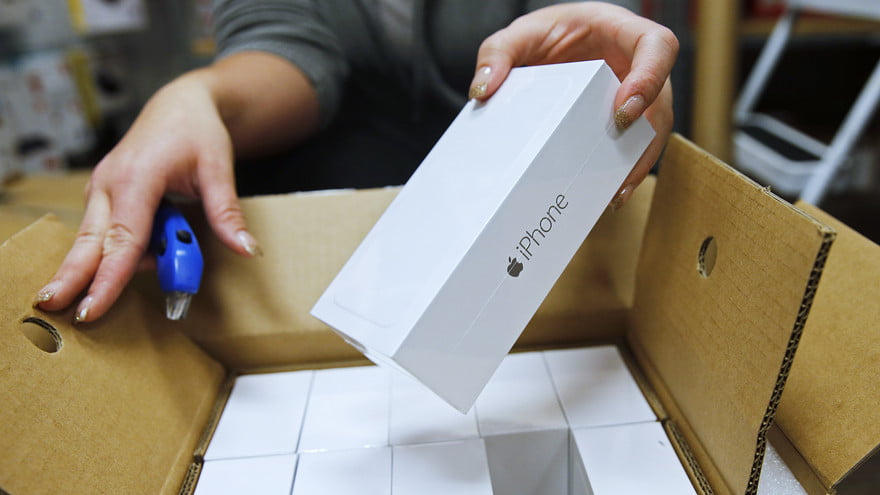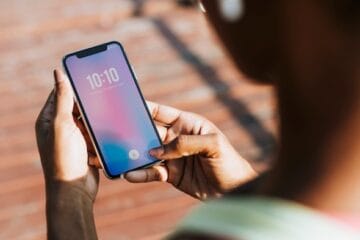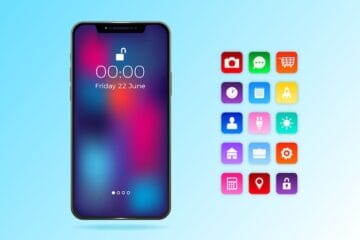
The context for Wednesday’s Apple event is one of a maturing smartphone market, in two key ways: the devices themselves are becoming more polished, more reliable, and in many ways “good enough” even several years after purchase; and the market in developed economies is becoming saturated. This double-faceted maturity is causing smartphone sales — and especially premium smartphone sales — to slow and even to drop in markets like the U.S.
As such, it’s interesting that the three major threads in reporting about the new iPhones Apple AAPL, +0.94% will announce Wednesday are:
- Keeping the same general design as the iPhone 6 and 6s
- Eliminating the 3.5mm headphone jack
- Introducing new cameras, with the best only available on the larger device.
Of these three threads, two may be considered inhibitors to upgrades — however it’s positioned, the removal of the audio jack is likely to give some people pause, and the lack of a new design is also likely to make some people want to wait until the form factor changes next year. Among these three, only the camera improvements are a clear potential driver of upgrades, but the impact may be muted when it comes to the smaller device, and again those preferring that size may decide to pass this time around.
That seems like the obvious conclusion to draw from the reporting so far about Wednesday’s event, if you focus on the likely hardware changes this time around. For context, here’s a table showing past annual iPhone hardware and software upgrades:

Note that I’ve necessarily simplified the lists of upgrades to focus on a few — the actual laundry list of big and small features would be much longer for each year. The point is, though, that each new iPhone comes out of the box with both new hardware features and new software features relative to the previous version. The software features are, of course, also available to those who keep their devices of recent vintage through iOS updates.
Read: How to get Apple’s new iPhone 7 for free
What Apple observers — especially in the press — tend to focus on is the annual hardware upgrade. That makes perfect sense — it’s what’s new, and it’s also what’s unique to the experience of buying that device over keeping last year’s. But of course the default upgrade cycle isn’t annual but biannual — the most common time frame for upgrading an iPhone in the U.S. and many other markets is every two years, not every year. Certainly there are those who upgrade every year, and those who upgrade on a longer cycle, but in terms of averages the mode duration is two years, and the mean is in that ballpark too.
That rather changes the picture in terms of thinking about the hardware upgrade cycle, so let me introduce a second chart that illustrates how this makes a difference:

Apple doesn’t generally talk about specs like processor speed or RAM, but I’ve included them because they’re the simplest illustration of the behind-the-scenes improvements made in each new iPhone. The key column in that table is the last one, because it is a much better indication of the hardware upgrades iPhone users upgrading every two years will see when they buy a new phone. This column combines the hardware improvements made in both the subsequent devices, all of which are present in the new phone.
Let’s go back to Wednesday’s event. Apple will introduce what we presume will be the iPhone 7 and 7 Plus, with camera improvements, behind the scenes speed upgrades, and possibly some surprise features that simply haven’t leaked. But even excluding all of that, anyone upgrading from an iPhone 6 from two years ago will get:
- 3D Touch
- Live Photos
- 4K video recording
- Faster Touch ID
- Noticeable speed improvements.
That’s already quite a bit . Now add in camera improvements and whatever else is new in the iPhone 7, and it suddenly becomes a pretty compelling upgrade. This is the way to think about the iPhone upgrade cycle and what Apple announces on Wednesday. Apple tends not to talk about this, and it doesn’t tend to recap all the new features that were already in last year’s phones, but all that absolutely matters to the typical customer upgrading on a two-year cycle. And that’s why I suspect Apple may be able to get away with this departure from its normal upgrade cycle and the risks it’s taking with keeping the form factor from the iPhone 6 and 6s and ditching the headphone jack.
[Source:-Market watch]




